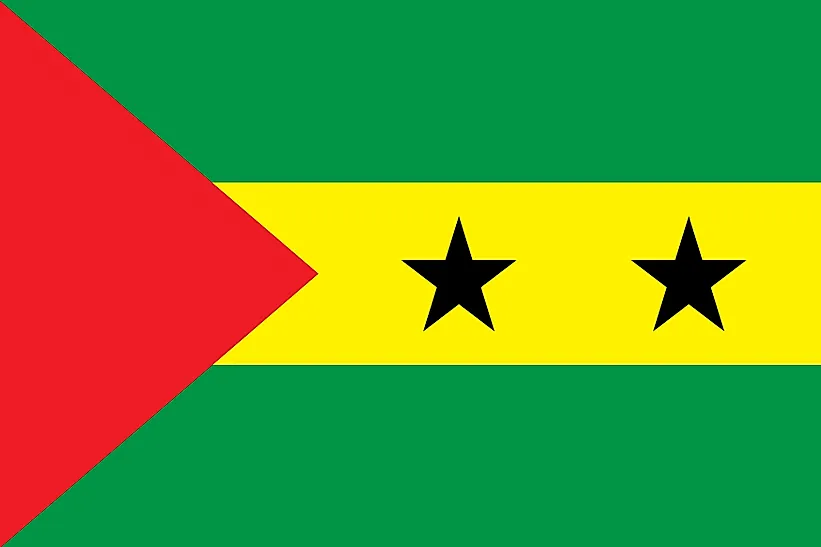
Sao Tome And Principe
| Continent | Africa |
| Capital | Sao Tome |
| Population | 197,541 |
| GDP | $694.00 Million |
| GDP per Capita | $3,300 |
| Dialing Code | +239 |
| ISO Code (2-letter) | ST |
| ISO Code (3-letter) | STP |
Sao Tome And Principe Landscapes






About Sao Tome And Principe
# Sao Tome and Principe: Chocolate Islands of Africa
Welcome to Sao Tome and Principe, Africa’s second-smallest nation. With approximately 219,000 people across 1,001 square kilometers, this island nation combines lush tropical landscapes with rich colonial heritage, standing as a unique blend of African and Portuguese influences.
Geographic Features and Natural Beauty
Sao Tome and Principe’s geography encompasses two main islands and several islets of volcanic origin. The country features dramatic peaks, including Pico de São Tomé, pristine beaches, and dense rainforests.
The landscape includes unique ecosystems supporting endemic species of birds, plants, and orchids. The country’s equatorial location creates perfect conditions for its famous cacao plantations.
Protected areas include Obo National Park and marine reserves protecting sea turtles and whales. The country’s commitment to conservation focuses on preserving its unique biodiversity while promoting sustainable tourism.
Cultural Heritage and Traditions
Sao Tomean culture represents a vibrant fusion of African and Portuguese influences. The country’s heritage includes distinctive music styles like ússua and socopé, traditional dance forms, and unique architectural features.
Traditional arts include textile crafts and wood carving, while cultural practices feature carnival celebrations and religious festivals. The tradition of community gatherings and storytelling remains central to island life.
Local cuisine combines African and Portuguese elements, featuring fresh fish, tropical fruits, and locally grown cacao. The tradition of plantation culture has shaped both society and cuisine.
Historical Journey
Sao Tome and Principe’s history spans from its discovery by Portuguese explorers in the 1470s through its role as a major cacao producer to independence in 1975. The islands were uninhabited before Portuguese colonization.
Significant periods include the establishment of sugar plantations, the development of coffee and cacao cultivation, and the transition to independence. The country’s colonial heritage has shaped its unique cultural identity.
Modern Economic Landscape
Today’s economy focuses on agriculture, particularly cacao production, tourism, and fishing. The country has developed initiatives to promote sustainable agriculture and eco-tourism.
Recent developments emphasize organic cacao production, tourism infrastructure development, and oil exploration. The country’s natural beauty and agricultural heritage support its economic diversification efforts.
International Relations and Global Position
Sao Tome and Principe maintains active participation in African regional organizations while fostering international partnerships. The country’s strategic location in the Gulf of Guinea extends its importance.
Did You Know?
• The country produces some of the world’s finest organic chocolate?
• It was once the world’s largest producer of cacao?
• The islands are home to unique species found nowhere else on Earth?
• The country has one of Africa’s smallest populations?
Conclusion
Sao Tome and Principe represents a unique combination of natural wonder and colonial heritage. From its volcanic peaks to its cacao plantations, from its Portuguese-influenced culture to its modern development initiatives, the country continues to evolve while preserving its distinctive character. As it addresses challenges including economic diversification and environmental protection, Sao Tome and Principe remains committed to sustainable development while maintaining its position as Africa’s chocolate islands.